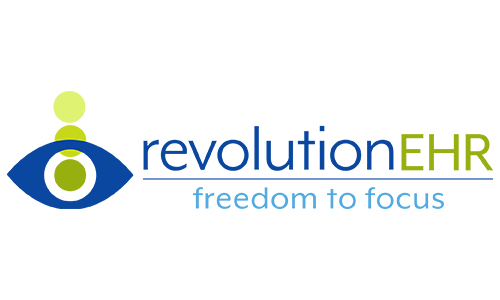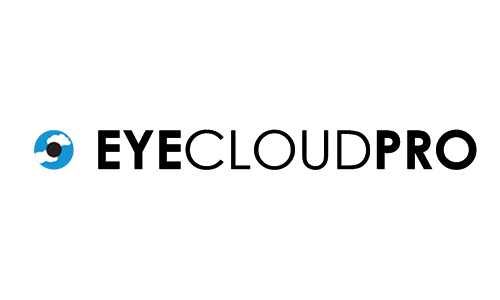And how outsourcing can relieve your eyecare practice from additional stress and lost reimbursements.
Handling your vision claims keying in-house may seem like the natural choice. On the surface it looks to be economical—your billers are already on payroll, so why should you spend more on outsourcing?—and efficient. It’s totally manageable. But is it really?
Beneath the surface is a different story—one that could be costing your practice more than you realize.
RevCycle Partner’s Danielle Kiger, Group Billing Manager, breaks down the problems with keying vision claims in-house, and why it might be time to rethink your approach.
Q: Why do practices struggle with vision claims keying?
RevCycle Partners: The main issue is time. Many practices don’t prioritize keying vision claims because staff are juggling multiple roles, so billers do keying at the end of the week. Or they do it in between patients when they have time. It’s not uncommon for them to do it once every two weeks. The keying is brushed aside and then piles up.
Q: What specific problems arise from keying vision claims in-house?
Backlogs and missed deadlines are your biggest problems. Claims pile up because staff doesn’t have time to process them daily. Vision payers are strict about deadlines, and missing them can lead to denials.
Also, if you’re manually entering these claims on a vision portal but get pulled away by a phone call or a patient checking in, the portal times out and you are forced to restart. It’s hard to find the time to complete the process.
Q: How do time constraints lead to errors in vision claims keying?
When you’re short on time, you may enter the incorrect service dates or billing amounts. If a patient came in on September 30th but the biller put October 14th, then that patient’s benefits may not be available. That can negatively impact your patient.
Q: How do these issues affect practice revenue?
A lot of vision plans pay quickly when claims are submitted correctly and on time. But when your claim submissions are delayed or inaccurate, then you lose out on reimbursements.
Additionally, errors or missed claims lead to extra administrative work. Staff have to correct issues or re-submit claims, which add to their burden and reduce their productivity.
Q: Why is vision claims keying particularly tedious compared to medical claims?
Unlike medical claims, which are submitted electronically with the push of a button, vision claims require manual entry through payer portals. This means inputting details screen by screen. It’s time-consuming, and you’ll most likely be interrupted. For busy offices seeing 15 to 50 patients a day, this can quickly become overwhelming.
Q: What’s the risk of not addressing vision claims keying backlogs?
Backlogs lead to claims being overlooked or submitted late. Your AR grows and your reimbursements are delayed. It’s a snowball effect—once claims start piling up, it becomes harder to catch up.
If claims aren’t submitted accurately or on time, practices risk audits, fines, or even claim retractions. It’s not just about losing money—it’s also about the administrative chaos of fixing errors later.
Q: What are the benefits of outsourcing vision claims keying?
When you outsource your vision claims keying, claims are submitted daily rather than in batches. This reduces backlogs and improves cash flow. Also, accuracy is very important to get those claims right. A dedicated keying team focuses on ensuring accurate and timely claim submissions, which minimizes errors.
It also frees up staff to handle patient interactions and other responsibilities. And practices can avoid the penalties and audits associated with inaccurate claims.
Q: What’s the key message to practice owners about outsourcing vision claims keying?
Vision claims keying may seem like a simple task, but where does your staff find time to do it? It’s deceptively time-consuming and critical to practice revenue. Think of it as hiring a dedicated team to do a job that’s easy to overlook but vital to your practice’s financial health. It’s about preventing the backlogs and errors that can derail your revenue cycle.









